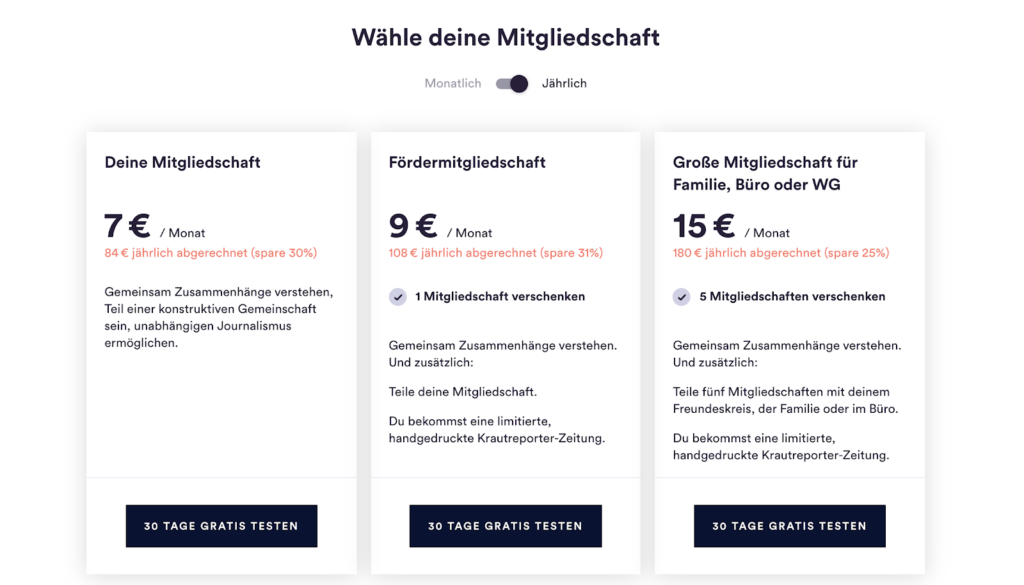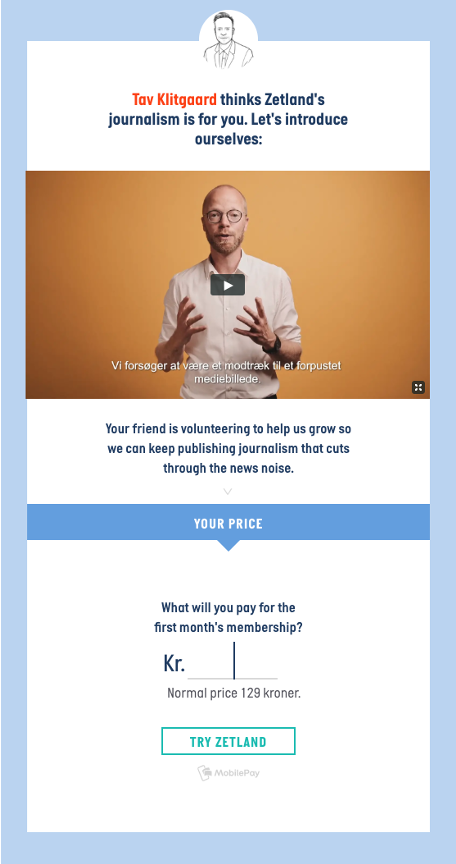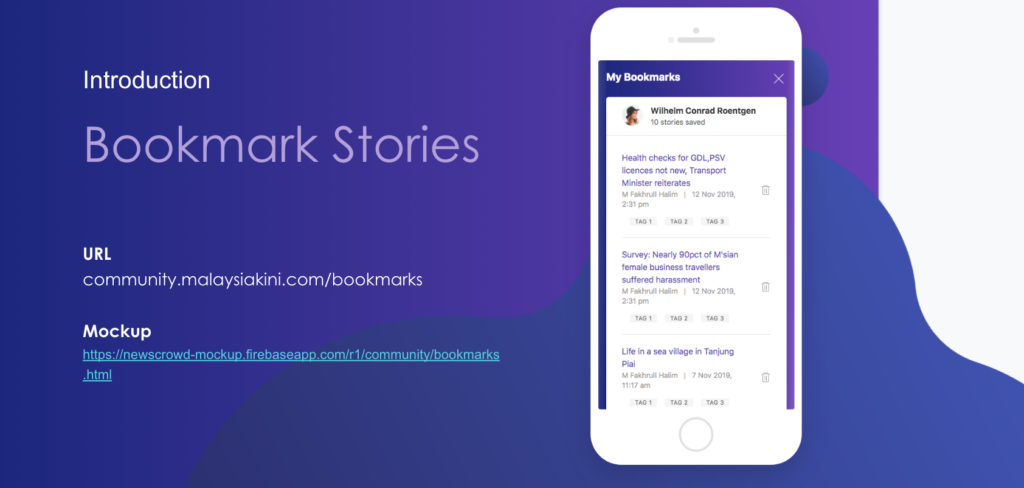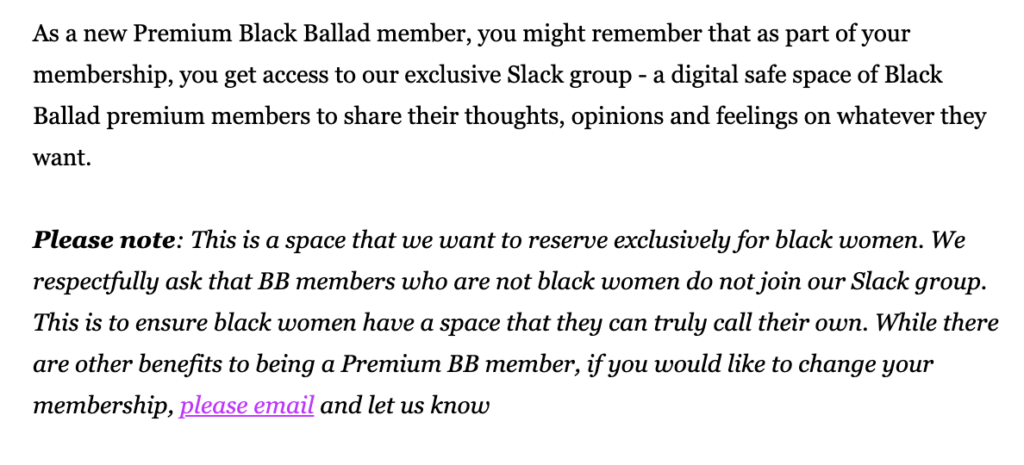Newsroom overview
A national, born-digital publication focused on policy analysis and investigative journalism that has branched out into lifestyle, sports, and business coverage
Cape Town, South Africa
2009
2018
10 million+
19,356
30 to 35 percent
With 19,356 active members as of November 2022, Maverick Insider, the Daily Maverick’s membership program, is one of the largest in the world. In the last couple years, membership revenue has allowed it to launch a weekend print edition, publish books, and more than double its staff.
But at any point in time, the Daily Maverick has thousands of lapsed members with credit cards on hold, many due to high rates of credit card fraud and a lack of quality payment processors in the market – something out of their control.
That’s why Maverick Insider Retention Manager Tinashe Munyuki has been focused almost exclusively on winning back on-hold members, reinstating about 10,000 since 2020. For context, the Daily Maverick has had an average of 1,100 members on hold at any point in time.
“Had that work not been done, we wouldn’t have had the growth we’ve had… and we certainly wouldn’t be feeling so confident,” said General Manager Fran Beighton.
This case study will walk you through the tactics Munyuki has employed to bring those members back. What this case study won’t cover is member retention tactics such as a thorough onboarding, stewardship, and member engagement. You can find advice on that in the handbook. (Jump to “Retaining your members”)
Why this is important
Growth is comparatively easy in the early years of a membership program. But as a program approaches maturity, like Maverick Insider’s program, growth can get challenging – especially if you are losing a substantial number of members along the way.
As Beighton said, “Retention is everything. It’s easier to retain than to acquire.”
A combination of economic hardship, credit card fraud, and subpar payment gateways means that at any point in time the Daily Maverick is looking at thousands of credit cards on hold every year – and thousands in lost revenue.
The research team has heard similar challenges from newsrooms all over the world. Retention advice tends to focus on how to keep members from intentionally canceling membership. But winning back on-hold members requires a different strategy – several, actually. As you’ll see, there’s no single slam-dunk tactic that wins back hundreds of on-hold members at a time. Instead, it requires near-daily effort, resulting in a drip-drip of small wins.
What they did
There are four prongs to the Daily Maverick’s strategy for winning back on-hold members.
- They send frequent emails asking people to update their credit card.
Most newsrooms do this (called dunning), but the Daily Maverick is more aggressive than most. Munyuki sometimes sends as many as three reminder emails a week. They constantly test subject lines, length of emails, sender name, incentives, and more to increase open rates. The key is to keep these emails fresh in tone and content so they don’t become background noise.
Occasionally they add conditional modules to their newsletters letting recipients know their membership is on hold. This yields three to seven conversions each time it’s included.
- They process transactions again.
Sometimes credit cards fail because of insufficient funds or a bank connection issue. This captures those errors.
- They get on the phone.
In August 2022, they spent two hours calling and WhatsApping 194 on-hold members, reaching 93 of them. The call team included two Maverick Insider staff and three reporters.
Any reader with an account, not just members, can opt to follow certain journalists and receive an email when that journalist publishes a story. This feature helped the team identify journalists with big followings who could call members and might have a higher chance of nudging on-hold members to take action.
Maverick Insider Manager Julia Harris wrote a script that everyone could follow, but after just a couple calls, they shifted to a more natural, 1:1 conversation.
Munyuki emailed everyone on the call list just before the calls started so if a lapsed member said they wanted to renew, the instructions were already in their inbox and no payment details would have to be taken over the phone. Most calls were over after just 30 or 40 seconds, but occasionally they lasted 10 minutes.
The call team used burner phones but one journalist started WhatsApping people from his personal phone, Beighton said. It became a challenge he wanted to win and he ended up taking the rest of his list home with the goal of getting them all “across the line.”
- They show them grace.
The Daily Maverick allows people to pause their membership if they can’t afford it for a time. They send regular reminders that can be summarized as, “If you still can’t pay, that’s no problem, but if you’re able to pay again, please update your account.”
The results
Regular emails asking people to update their payment information remain their most successful tactic. Overall, dunning emails have won back the vast majority of their lapsed members in 2022.
From the multitude of tests they’ve run, the team has learned:
- Short, to-the-point emails are most successful, as are direct subject lines like “Your membership is overdue”.
- Sends from Munyuki make a difference. His emails had lower open rates but higher conversions. People who no longer wanted to be a member wouldn’t open it; people who had lapsed accidentally knew immediately what the email was about and would open.
- Sending dunning emails from journalists can backfire. One sent from a well-known journalist had higher open rates but also a much higher unsubscribe rate when people realized what it was about.
- Incentives don’t convert on-hold members. Munyuki experimented with offering on-hold members discount vouchers for products in Daily Maverick’s online store, which includes not just branded swag but books. Conversion rates are “significantly low”, Munyuki said. In June 2022 they made this offer to 909 on-hold members and won back 70 of them. In October 2022 they made this offer to 799 on-hold members and regained 54 of them. These conversion rates are comparable to their win-back efforts that don’t involve any incentives, but more costly due to the discounts offered. Once a quarter Daily Maverick also offers voluntarily paused members an opportunity to resume payments at a lower membership tier price with the full benefits of the higher tier, but these discounted memberships don’t show meaningful conversion either.
The tactic of processing credit cards again yields an 8 to 10 percent success rate, Munyuki said. From December 2021 to November 2022, they’ve retried credit cards 3,700 times, winning back close to 300 members.
Their phone banking day taught them a lot – not just about that tactic, but about others that might work. They called 194 people and reached 93. Of those 93 people they reached, 78 said they would update and 11 actually updated their credit card details. They weren’t able to track the WhatsApp conversion as precisely, but they found the people they reached there to be friendlier and more engaged. Because the phone banking turned out to have comparable results to other lower effort win-back tactics, they’re investing more resources in that WhatsApp strategy now.
They’re planning on getting WhatsApp for business, and in October 2022, they used WhatsApp to let people know about home delivery for DM 168, their weekend newspaper. Harris hypothesizes that this works because people are more likely to ignore a phone call from a number they don’t recognize than a WhatsApp message – but the thing they’re paying the most attention to is how much more responsive people are via WhatsApp than email.
Harris said they used WhatsApp soon after to notify people who receive their weekend print edition at home that there were delivery issues and their newspaper would be delayed. People saw and responded to the texts promptly.
Up next: on-screen notifications for lapsed members.
The Daily Maverick doesn’t have a paywall, and that’s not going to change. But that complicates retention efforts. If someone’s membership lapses, they might not realize it because their ability to access stories doesn’t change.
But they recently launched a registration wall, which means people have to be logged in to read and can receive regular renewal reminders in another place that’s not a crowded email inbox. They’ll soon start experimenting with ribbons at the top of a page notifying people of expirations and with a link to a payment page.
What they learned
Incentives don’t convert. Benefits and discounts have never played a major role in their membership growth, and it turns out they don’t do much for winning back lapsed members either. Incentives to rejoin had little impact. Those who update their information do it because they want to support the Daily Maverick, Munyuki said. It’s the same with member conversion.
Emails don’t last as long as phone numbers. Phone banking showed that many lapsed members were lapsed because they changed jobs and lost access to their former email address. But people tend to give their personal phone numbers, which last much longer than email addresses.
Eventually, you have to stop trying. After a year, they’re unlikely to get someone back. They stop investing any resources at that stage, letting on-hold members go with a final email that says, “We still need you, but we don’t think you’re coming back.”
Key takeaways and cautionary notes
You can be more aggressive with the frequency of email reminders than you think. If someone wants to be a member, you’ll get their attention. If they don’t want to be members, they might unsubscribe – but you were unlikely to win them back anyways.
Winning back members happens through routine. You can’t win back hundreds of members with one or two pushes a year. Winning back lapsed members takes several different tactics, all executed regularly and with a close eye on the data.
Email is efficient, but that means inboxes are crowded. It can take dozens of dunning emails to accomplish what one push on WhatsApp accomplishes because of how quickly member renewal emails can get buried in people’s inboxes. A successful dunning strategy requires constant experimentation to make those emails stand out.
Other resources
- RevLab, presentation: Membership 201 – Retention
Disclosure: Membership Puzzle Project supported the Daily Maverick’s membership program in 2019 with a grant from the Membership in News Fund.





